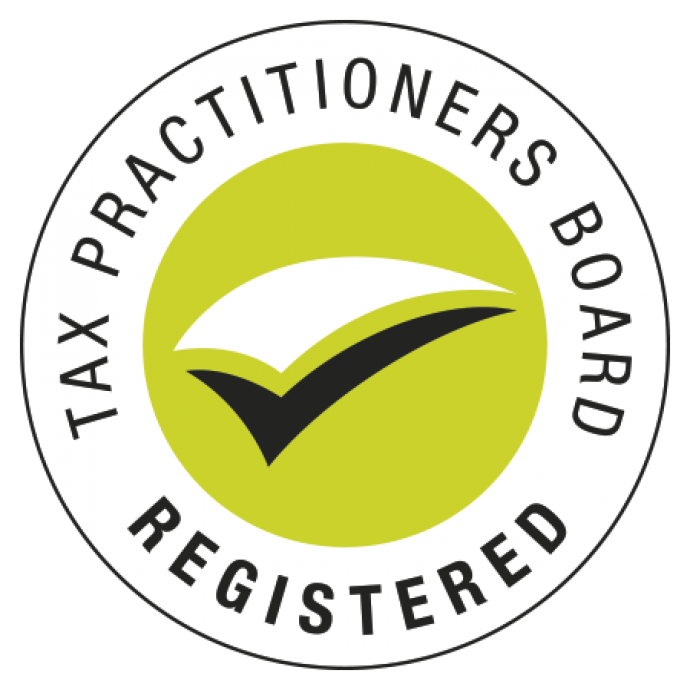Q1: What is Medicare Levy ?
The Medicare levy helps fund some of the costs of Australia's public health system known as Medicare. The Medicare levy is 2% of your taxable income, in addition to the tax you pay on your taxable income. Everyone who has or can access Medicare Card (such as a British citizen) will need to pay Medicare Levy when the tax return is lodged.
You may get a reduction or exemption from paying the Medicare levy, depending on your and your spouse's circumstances. You need to consider your eligibility for a reduction or an exemption separately.
You can use the Medicare levy calculator to work out your Medicare levy.
The Medicare levy is collected from you in the same way as income tax. Generally, the pay as you go amount your employer withholds from your salary or wages includes an amount to cover the Medicare levy. The Australian government calculates your actual Medicare levy when you lodge your income tax return.
Q2: What is Medicare Levy Surcharge (MLS)? Why do I have to pay Medicare Levy Surcharge (MLS)? How do I avoid paying it for the next financial year?
If you have to pay the Medicare levy, you may have to pay the Medicare levy surcharge (MLS) if you, your spouse and your dependent children do not have an appropriate level of private patient hospital cover and you earn above a certain income.
The MLS is designed to encourage people to take out private patient hospital cover and use the private hospital system. This will reduce demand on the public Medicare system.
The MLS is levied on your:
taxable income
total reportable fringe benefits, and
any amount on which family trust distribution tax has been paid.
We use a special definition of income (called income for MLS purposes) to work out if you have to pay the MLS and the rate you will pay. This income is different from your taxable income.
If you've paid the MLS and you want to avoid paying it in the future, you can take out the appropriate level of private patient hospital cover for yourself, your spouse and all your dependants.
Q3: How do I calculate my Medicare Levy Surcharge (MLS)?
The MLS rate of 1%, 1.25% or 1.5% is levied on:
your taxable income
total reportable fringe benefits, and
any amount on which family trust distribution tax has been paid.
The base income threshold (under which you are not liable to pay the MLS) is:
$90,000 for singles
$180,000 (plus $1,500 for each dependent child after the first one) for families.
However, if you had a spouse for the full year, you do not have to pay the MLS if:
your family income exceeds the $180,000 (plus $1,500 for each dependent child after the first one), but
your own income for MLS purposes was $23,226 or less.
If you had a new spouse, or you separated from your spouse, during the year:
you may be liable for MLS for the number of days you were single – if your own income for MLS purposes was more than the single surcharge threshold of $90,000
you may be liable for MLS for the number of days you had a spouse or dependent children – if your own income for MLS purposes was more than the family surcharge threshold of $180,000 (plus $1,500 for each dependent child after the first one).
The Australia Taxation Office will work out if you have to pay the MLS based on the information you provide in your tax return. They will include MLS with your Medicare levy. It will show as one amount on your notice of assessment, called Medicare levy and surcharge.
For more information, please go to the ATO website.



